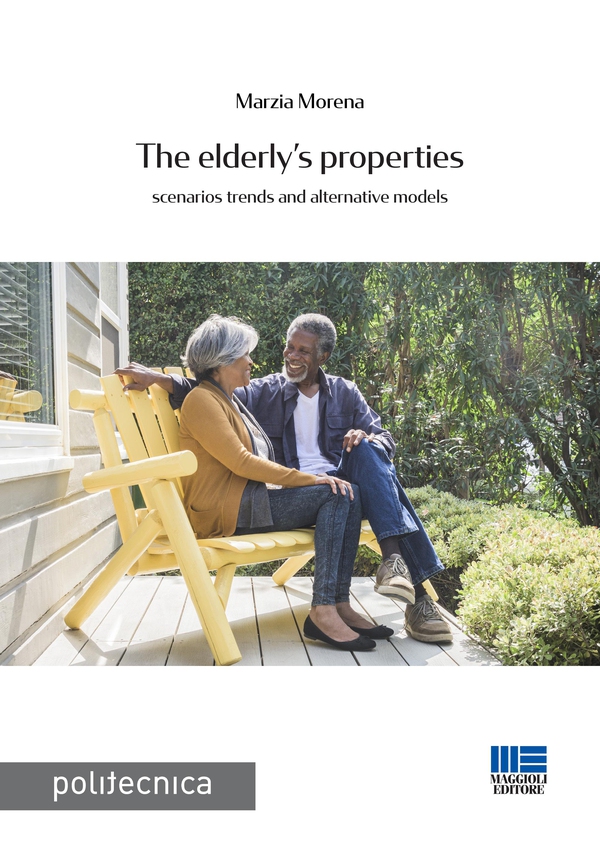Per gli acquisti online: spese di spedizione gratuite da 25€ - Per i soci Coop o con tessera fedeltà Librerie.coop gratuite a partire da 19€.
EBOOK - pdf

The Elderly's Properties
Protezione:
Social DRM
€ 13,00
Dettagli
| FORMATO | |
| EDITORE | Politecnica |
| EAN | 9788891650528 |
| ANNO PUBBLICAZIONE | 2021 |
| CATEGORIA |
Architettura e urbanistica |
| LINGUA | ita |
Dispositivi supportati
Computer
E-Readers
iPhone/iPad
Androids
Kindle
Kobo
Descrizione
The traditional model that caters for the requirements of older adults focuses mainly on the treatment of disorders, and on support to those who have lost their autonomy. Today, assisted care facilities generally provide healthcare and medical services, rather than catering for all the difficulties that a family or individuals may have to face. Older adults and their families need to change their habits and plans, including their existential targets, all along the elderly life span. The elderly feel deeply rooted in their communities. The ownership of the house itself, a major goal to many of them, is felt as a guarantee of stability and continuity. The urban arrangement and town-planning models are seldom designed to accommodate the daily requirements in all the different stages of life, and this issue is not limited to large cities only. In addition to that, the institutional models of care for people with reduced autonomy are nowadays inadequate, in most cases, to meet their requirements and wants. This scenario calls for solutions that are difficult to implement, especially in critical economic times such as the one we are currently experiencing. Nonetheless, research and planning in this field are now unavoidable. It is not by chance that most countries with advanced economies have already started significant reforms in service types and organization; however even when legislative or regulatory acts are lacking, the solutions sought by people today differ from the standard institutional proposals. This essay analyzes some fields of development of these scenarios, starting from the tricky boundary line between ordinary housing solutions and those capable of integrating housing with adequate services. The large number of variables generates an extremely fluid overall picture; partly the issue is about matching people's desire to live in places that they feel to be their own and where they can experience the fullness of their lives, with the needs imposed by organizational solutions and service models. It should come as no surprise, then, that considerations on this theme bring together realities that are very different from one another, and cannot therefore be classified or described as a homogeneous model.
